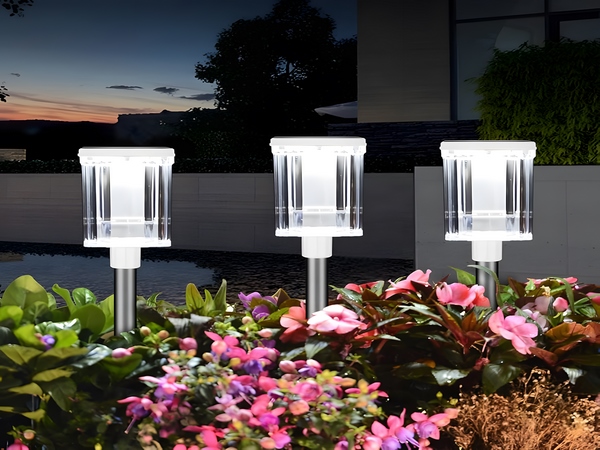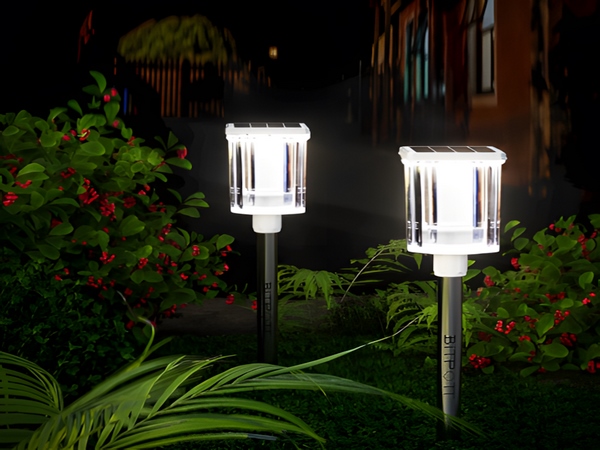
In the construction of new rural areas, solar street lights are popular due to their environmental advantages. For solar street lights, charging during the day and lighting up at night is a basic requirement of the solar lighting system. No additional light sensors are provided in the circuit, and the photovoltaic panel’s output voltage serves as the standard, which is a common practice in solar systems. So, how do solar street lights charge during the day without lighting up and turn on at night? Below, we will introduce the details.
The solar controller has a detection module, which generally has two methods:
1) Using a light-dependent resistor to detect sunlight intensity; 2) Using a voltage detection module to monitor the output voltage of the solar panel.
Method One: Using a Light-Dependent Resistor to Detect Light Intensity

Light-dependent resistors are very sensitive to light; they have a high resistance when light intensity is low, and the resistance decreases as the light becomes stronger. Thus, this characteristic can be used to detect the strength of sunlight and output signals to the solar controller to control the turning on and off of the street lamp. The light-dependent resistor and a simple light-sensitive circuit are shown in the image below.
By using a sliding rheostat, a balance point can be found. When the light is strong, the light-dependent resistor has a low resistance, resulting in a high level at the transistor base, keeping the transistor off and the LED unlit. When the light is weak, the light-dependent resistor has a high resistance, creating a low level at the base, enabling the transistor and lighting up the LED.

However, using a light-dependent resistor has certain drawbacks. It has high installation requirements and is prone to miscontrol in rainy or overcast conditions.
Method Two: Detecting the Output Voltage of the Solar Panel
Solar panels convert sunlight into electricity. The stronger the light, the higher the output voltage; the weaker the light, the lower the output voltage. Therefore, the output voltage of the solar panel can be used as a basis: when the voltage falls below a certain level, the street light is turned on; when the voltage exceeds a certain level, the street light is turned off.
This method can ignore the impact of installation and is more straightforward.
The above information about how solar street lights charge during the day without lighting and turn on at night has been shared. Additionally, solar street lights are clean and environmentally friendly, easy to install without the need for laying electrical lines, saving a significant amount of manpower and resources, improving installation efficiency, while also offering good social and economic benefits.



